‘s perspective are available at Fix4Bot.com.
The Dawn of Agile Humanoids: Bridging the Simulation-Reality Gap – and What Happens When Things Go Wrong
The dream of seamlessly integrated humanoid robots, capable of replicating the nuanced dexterity and adaptability of human movement, is rapidly approaching reality. Imagine robots assisting in disaster relief, performing complex surgical procedures, or simply helping with everyday tasks around the home – all with a grace and efficiency that surpasses current robotic capabilities. This potential hinges on a crucial ability: agile and coordinated whole-body motion.
But there’s a significant roadblock. A persistent disconnect exists between the idealized physics of simulations and the messy, unpredictable reality of the real world. This "dynamics mismatch" has long plagued robotic development, forcing engineers to choose between overly cautious, clumsy movements or painstaking, manual adjustments – neither of which are ideal for achieving true human-like agility.
Recent breakthroughs are beginning to change this narrative. A new framework, developed by forward-thinking researchers, promises to drastically improve the alignment between simulated and real-world physics. This means robots can learn complex maneuvers in simulation, then seamlessly translate those skills into physical execution, unlocking a new era of humanoid agility and broadening the range of tasks they can perform.
The Core of the Problem: Why Simulation Falls Short
Simulations are powerful tools. They allow engineers to rapidly test and refine robot control algorithms without the risk of damaging expensive hardware. However, these virtual environments are, by necessity, simplifications of reality. Factors like friction coefficients, sensor noise, actuator inaccuracies, and even subtle variations in material properties are difficult to perfectly model.
This introduces a "dynamics mismatch" – a discrepancy between how the robot should behave according to the simulation and how it actually behaves in the physical world. Think of it like this: a perfectly calibrated virtual race car might perform flawlessly on a digital track, but struggle to handle the bumps and unevenness of a real asphalt course.
The traditional responses to this problem have been less than optimal. Conservative policies prioritize safety and stability at the expense of agility. Robots move slowly, cautiously, and with reduced range of motion, limiting their capabilities. Alternatively, manual parameter tuning requires endless trial-and-error adjustments, a time-consuming and often frustrating process.
The New Framework: A Leap Towards Real-World Agility
The recently unveiled framework tackles this challenge head-on by actively addressing the simulation-reality gap. While the specific details of the algorithms are complex (and continuously evolving), the underlying principle is remarkably elegant:
- Adaptive Simulation: The framework doesn’t just rely on a fixed simulation environment. It continuously monitors the robot’s physical behavior and uses that data to adapt the simulation in real-time. This means that as the robot interacts with the real world, the simulation becomes increasingly accurate, reflecting the actual dynamics it’s experiencing.
- Learning from Discrepancies: The system identifies discrepancies between simulated and real-world performance. These differences are then used to refine both the simulation and the control policies. It’s a continuous feedback loop, essentially allowing the robot to “teach” the simulation how to better predict its own behavior.
- Generalizable Skills: The goal is to create control policies that are robust enough to function effectively across a range of real-world conditions, even those not explicitly accounted for in the initial simulation. This promises a significant reduction in the need for specialized tuning for different environments.
The Promise – What Does it Enable?
This framework unlocks a world of previously unattainable possibilities for humanoid robots. Imagine:
- Dynamic Locomotion: Robots capable of navigating challenging terrain with speed and stability, recovering from stumbles, and adapting to unexpected obstacles. Think agile disaster response robots navigating rubble or construction workers efficiently moving materials.
- Complex Manipulation: Humanoids that can deftly manipulate objects in unstructured environments, performing tasks requiring fine motor skills and precise coordination. This is critical for applications like delicate assembly work, surgical assistance, and personalized elder care.
- Fluid Human-Robot Interaction: Robots that can move naturally and predictably, making them easier and safer for humans to interact with. This is essential for collaborative tasks and the widespread adoption of humanoid robots in homes and workplaces.
- Faster Development Cycles: Because robots can learn and adapt in simulation and directly transfer those skills to the real world, the development process becomes significantly faster and more efficient.
But What About When Things Do Go Wrong? The Importance of Diagnostic and Repair Solutions.
While this framework represents a monumental step forward, it’s crucial to acknowledge the inherent complexity of robotics, particularly with agile, dynamic systems. Even with advanced simulations and adaptive algorithms, malfunctions can and will occur. The increasing sophistication of these robots means that traditional repair methods are often inadequate.
This is where Fix4Bot.com comes in. We specialize in the diagnosis and repair of advanced robotic systems, including but not limited to humanoid robots employing these cutting-edge control frameworks. Our expertise extends beyond simple mechanical fixes; we address the intricate interplay of hardware, software, sensors, and AI that define modern robotics.
Common Damage Scenarios & Fix4Bot’s Solutions
Let’s consider some realistic scenarios where even the most advanced humanoid robot might encounter issues, and how Fix4Bot.com is equipped to address them:
- Actuator Failure/Degradation: Agile motions demand high-performance actuators capable of rapid movements and significant forces. Repeated stress and wear can lead to actuator failure, loss of accuracy, or instability.
- Fix4Bot.com solutions: We offer actuator diagnostics, repair (including winding repairs, component replacement), and even refurbishment. We also provide preventative maintenance programs designed to extend actuator lifespan, including vibration analysis and performance monitoring.
- Sensor Malfunctions (IMUs, Encoders, Force Sensors): Reliable sensor data is the foundation of any agile robot’s control system. Damage from impacts, prolonged exposure to environmental factors, or even subtle calibration drifts can lead to inaccurate readings and unpredictable behavior.
- Fix4Bot.com solutions: We provide comprehensive sensor diagnostics, calibration services, and replacement of faulty sensors. We work with a wide range of sensor technologies (IMUs, force/torque sensors, vision systems, encoders) and can tailor solutions to specific robot models.
- Software Glitches and Control System Errors: Even meticulously designed control software can experience bugs or errors, particularly when dealing with complex adaptive algorithms. These can manifest as jerky movements, unexpected stops, or even complete system shutdowns.
- Fix4Bot.com solutions: Our expert software engineers can analyze robot control logs, identify the root cause of software issues, and implement targeted fixes. We offer remote debugging support, software updates, and custom software development services to optimize performance and stability. We are particularly well-versed in frameworks utilizing reinforcement learning and adaptive control.
- Structural Damage from Impacts/Falls: Agile robots are often pushed to their physical limits, and accidents happen. Collisions with obstacles or falls can result in structural damage to the robot’s frame, joints, or links.
- Fix4Bot.com solutions: We provide rapid damage assessment, structural repair services (including advanced composite repair techniques), and replacement of damaged components. We prioritize maintaining the robot’s original structural integrity and performance characteristics.
- Simulation-Reality Discrepancies – Advanced Diagnostics: While the new framework minimizes these, discrepancies can still arise due to unexpected environmental factors or hardware variations.
- Fix4Bot.com solutions: We offer advanced diagnostic services that delve deeper than simple error codes. Using specialized tools and techniques, we can analyze sensor data, joint trajectories, and control signals to identify the precise source of the simulation-reality mismatch. This allows for targeted adjustments to the simulation model or the control software.
- Power System Issues (Batteries, Power Distribution): Reliable power delivery is essential for optimal robot performance. Battery degradation, faulty power distribution modules, or wiring problems can lead to instability or unexpected shutdowns.
- Fix4Bot.com solutions: We provide battery testing and replacement services, diagnose and repair power distribution issues, and ensure proper power management for optimal robot operation.
Beyond Reactive Repair: Proactive Maintenance with Fix4Bot.com
At Fix4Bot.com, we believe that preventative maintenance is just as important as reactive repair. We offer comprehensive service plans designed to minimize downtime and extend the lifespan of your humanoid robots:
- Regular Inspections: Scheduled inspections by our certified technicians to identify potential issues before they escalate.
- Performance Monitoring: Remote monitoring of key performance metrics (e.g., actuator temperatures, sensor accuracy, joint stiffness) to detect anomalies and predict failures.
- Predictive Maintenance: Utilizing data analytics and machine learning to anticipate component failures and schedule maintenance proactively.
- Customized Training: On-site or remote training for your team on basic robot maintenance and troubleshooting procedures.
The Future of Humanoid Robotics – A Partnership with Fix4Bot.com
The advancements in agile humanoid robotics are transformative. The ability to bridge the simulation-reality gap is a critical enabler for wider adoption and more sophisticated applications. However, alongside this progress comes the need for specialized repair and maintenance expertise.
Fix4Bot.com is committed to being a trusted partner in your humanoid robotics journey, providing the diagnostic and repair services you need to keep your robots operating at peak performance, minimizing downtime, and maximizing your return on investment. Visit Fix4Bot.com today to learn more about our services and how we can help you navigate the exciting—and occasionally challenging—world of humanoid robotics.

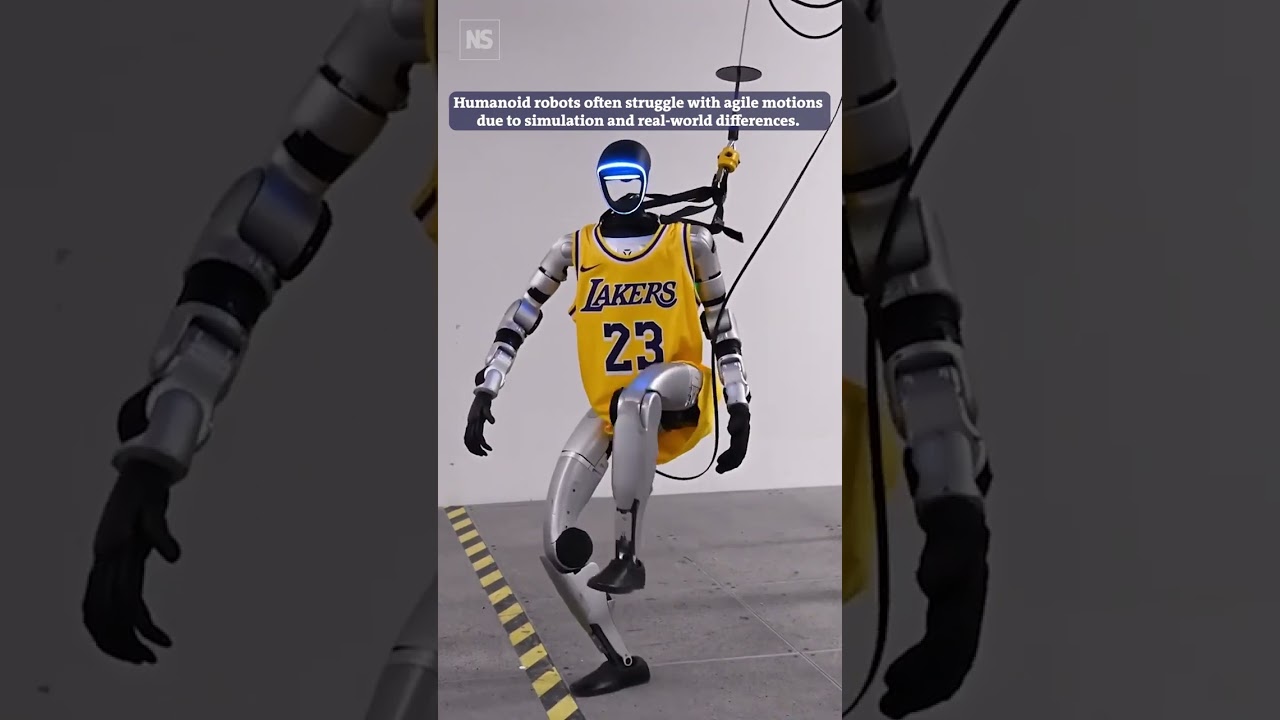
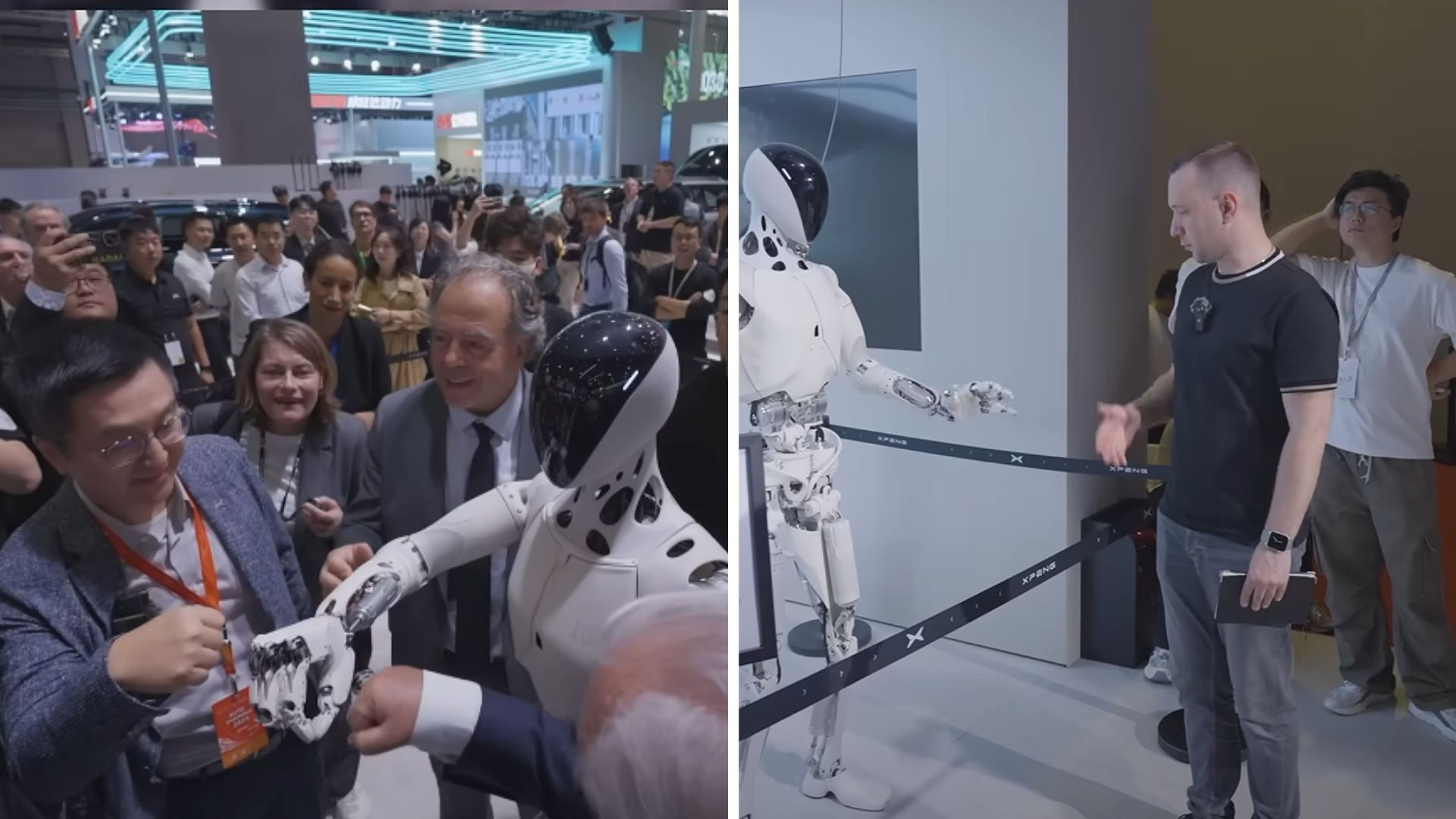

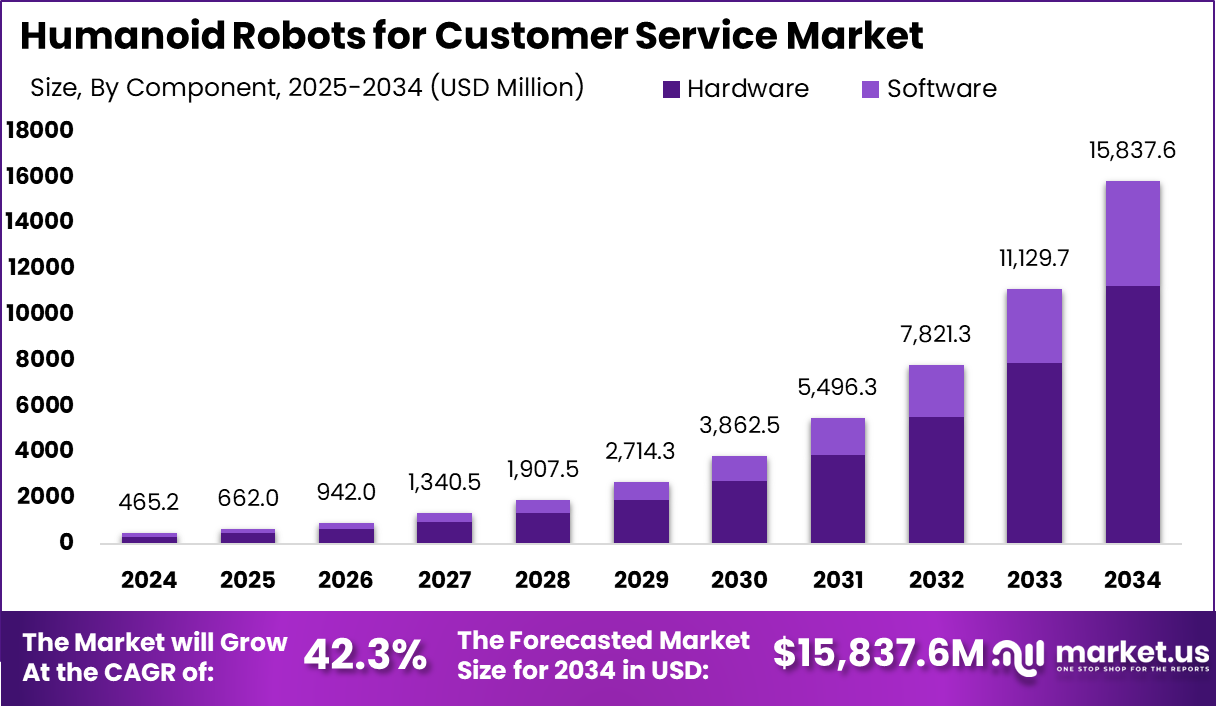
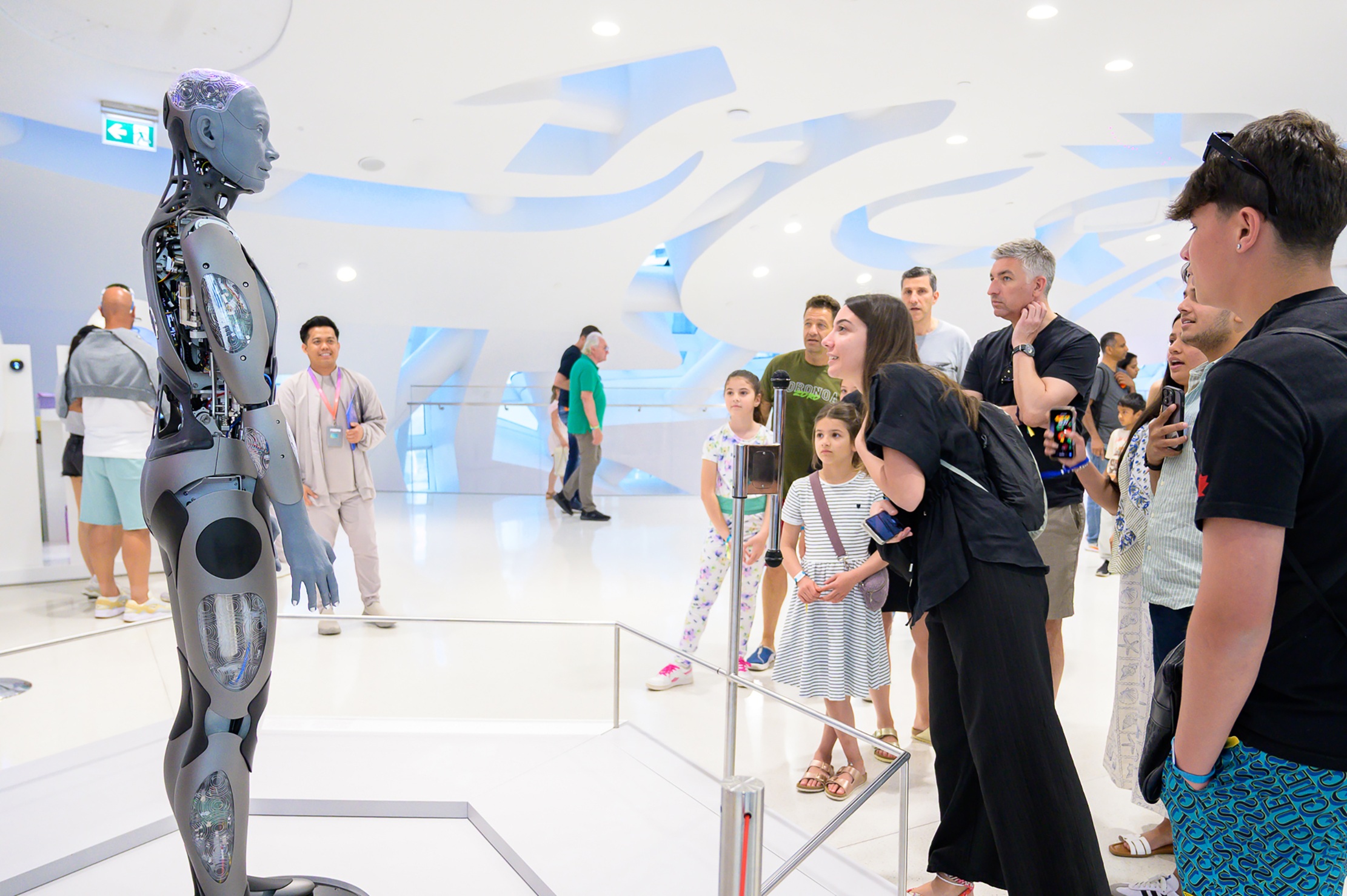
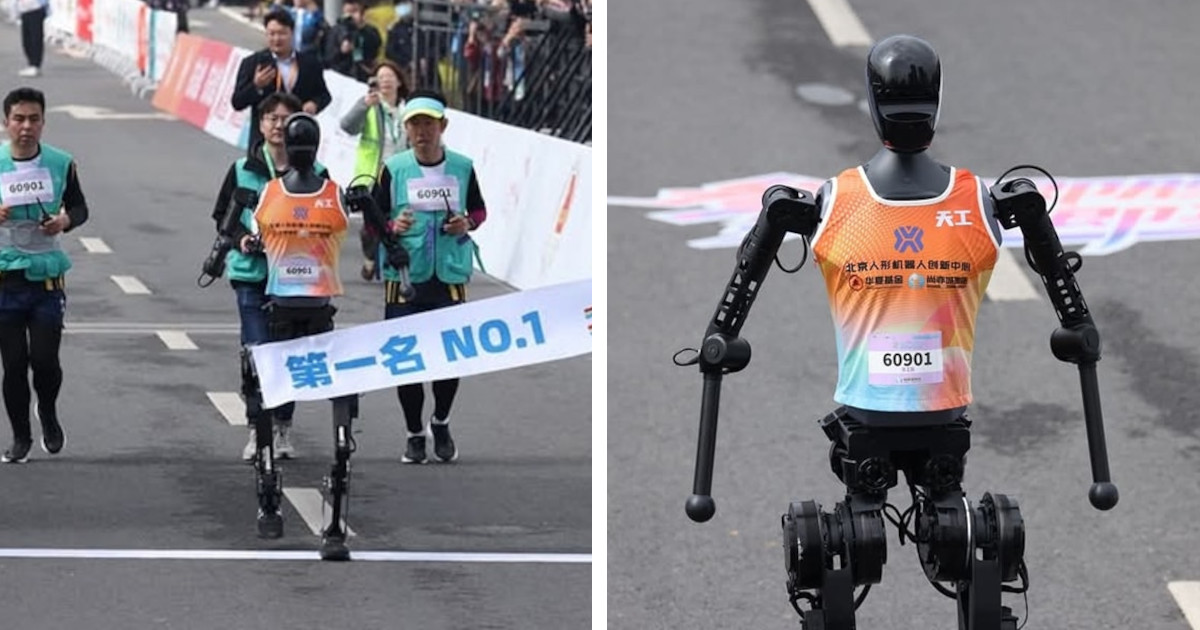
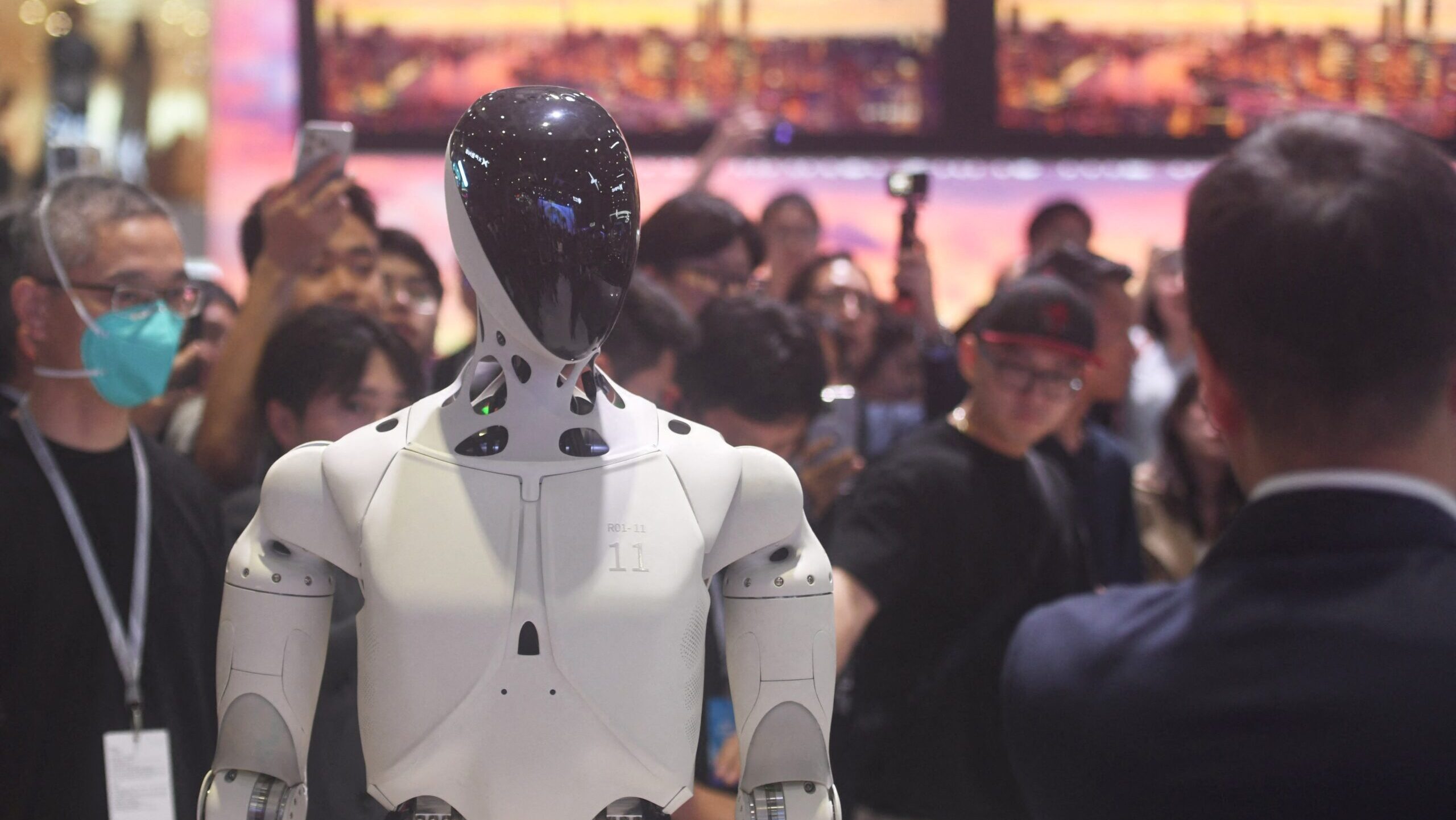

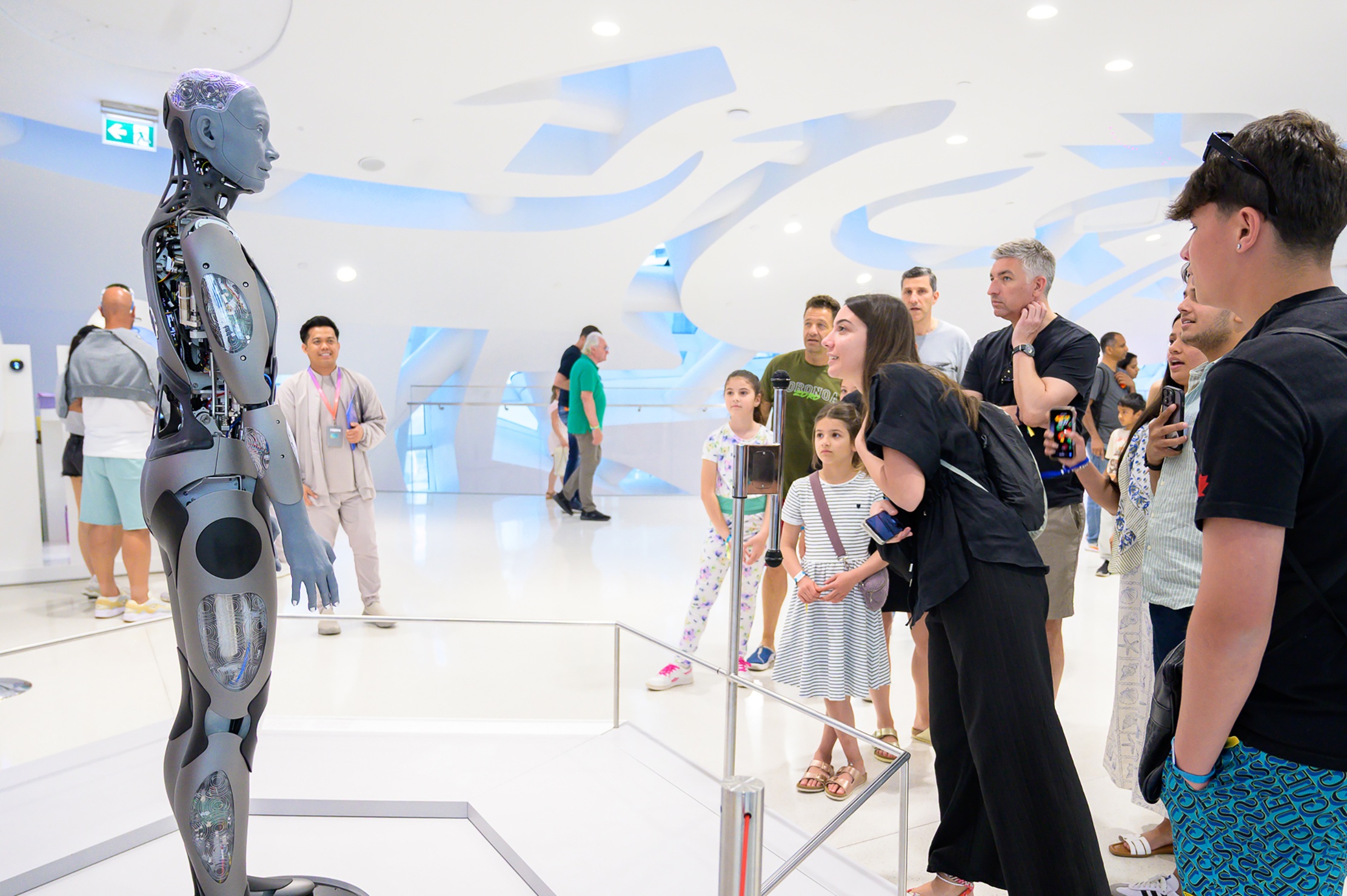

Ted Chiang had a story about this method in his book Exhalation.